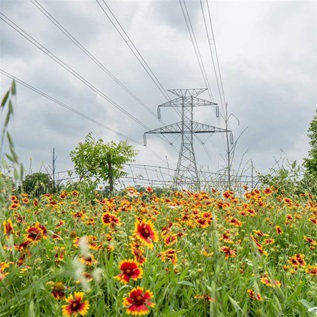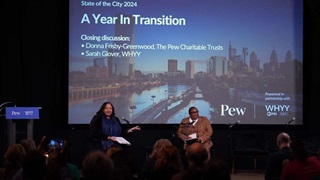Calls for Moratorium Grow as Deep-Seabed Mining Threat Looms
Stakeholders worldwide urge a pause to safeguard deep-sea ecosystems from irreversible harm

The deep sea provides a huge reservoir of biodiversity and helps to regulate the earth’s climate in ways scientists are only beginning to understand. Despite researchers’ limited knowledge of the deep sea’s intricacies, the vast majority of scientific advice warns of the potential for deep-seabed mining to inflict irreversible damage on this sensitive ecosystem.
For two weeks in March, the International Seabed Authority (ISA) Council, the executive arm of the U.N.-mandated body tasked with overseeing deep-sea mining activities in international waters, met to continue negotiations on deep-seabed mining regulations.
A paper published just prior to the March meeting found more than 30 major gaps in the ISA’s draft regulations. These include defining what levels of environmental harm from deep-sea mining are permissible (if any), the necessary scientific information and thresholds needed to ensure such harmful levels are not reached, and the establishment of institutional structures and systems to ensure compliance and enforcement of the eventual regulations. After the meeting, despite two weeks of intensive negotiations, these gaps remain, and it is unrealistic to expect them to be resolved in the near future.
Meanwhile, the ISA is under pressure from a prospective mining company that plans to put forward an application for mineral extraction later this year. Due to a legal loophole in the United Nations Convention on the Law of the Sea, this application can now be considered and provisionally approved even though regulations are not yet in place.
It would be irresponsible for the ISA to approve this application without sufficient scientific knowledge to ensure that deep-seabed mining will not cause unacceptable and irreversible consequences to vital Earth systems with global impacts for generations to come. It’s also reckless to consider commercial mining – an industry that will work hundreds to thousands of miles offshore and miles below the ocean surface – when regulations and institutional frameworks to govern it remain very far from complete.
Countries are at a critical juncture, but they don’t have to settle for the lesser of two evils: unregulated mining or inadequate regulations. Instead, it’s time for the ISA to listen to the chorus of countries – recently joined by the Kingdom of Denmark – Indigenous groups, international organizations, companies, scientists and NGOs calling for a moratorium on deep-seabed mining.
Countries will continue negotiations when they reconvene in July, when both the Council and the ISA’s supreme organ, the ISA Assembly, gather. This meeting presents a prime moment for the ISA to listen and provide the time needed to research and sufficiently understand the impacts from deep-seabed mining before considering its approval. Let’s learn from past mistakes and seize this rare opportunity before the start of a new industrial scale activity. The ocean is crucial to keeping the planet healthy – yet it’s under huge strain from climate change and other human damage. The ISA must enact a moratorium to avoid yet another strain on the world’s ocean.
Julian Jackson is a project director and Chris Pickens is a principal associate with The Pew Charitable Trusts’ ocean governance project.
Spotlight on Mental Health
MORE FROM PEW
Explore Pew’s new and improved
Fiscal 50 interactive
Your state's stats are more accessible than ever with our new and improved Fiscal 50 interactive:
- Maps, trends, and customizable charts
- 50-state rankings
- Analysis of what it all means
- Shareable graphics and downloadable data
- Proven fiscal policy strategies
Welcome to the new Fiscal 50
Key changes include:
- State pages that help you keep track of trends in your home state and provide national and regional context.
- Interactive indicator pages with highly customizable and shareable data visualizations.
- A Budget Threads feature that offers Pew’s read on the latest state fiscal news.











